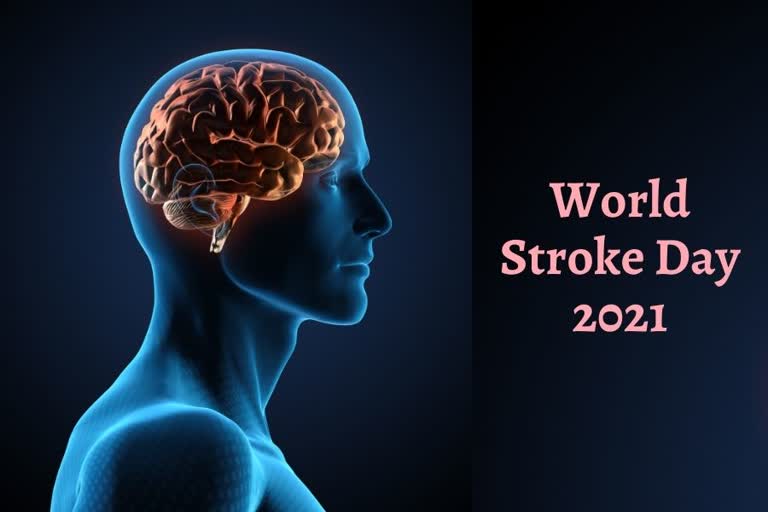“A stroke, sometimes called a brain attack, occurs when something blocks the blood supply to part of the brain or when a blood vessel in the brain bursts. In either case, parts of the brain become damaged or die. A stroke can cause lasting brain damage, long-term disability, or even death”, states the Centers for Disease Control and Prevention (CDC).
Types of strokes
Furthermore, CDC mentions that there are basically 2 types of strokes,
- An ischemic stroke occurs when blood clots or other particles block the blood vessels to the brain. Fatty deposits called plaque can also cause blockages by building up in the blood vessels.
- A hemorrhagic stroke occurs when a blood vessel bursts in the brain. Blood builds up and damages surrounding brain tissue.
Both types of stroke damage brain cells. Symptoms of that damage start to show in the parts of the body controlled by those brain cells.
Symptoms of stroke
The American Heart Association (AHA) states that the easiest way to identify a stroke is by letters FAST:
- F = Face Drooping – Does one side of the face droop or is it numb? Ask the person to smile. Is the person's smile uneven?
- A = Arm Weakness – Is one arm weak or numb? Ask the person to raise both arms. Does one arm drift downward?
- S = Speech Difficulty – Is speech slurred?
- T = Time to call for emergency
Other Stroke Symptoms, watch for Sudden:
- NUMBNESS or weakness of the face, arm, or leg, especially on one side of the body
- CONFUSION, trouble speaking or understanding speech
- TROUBLE SEEING in one or both eyes
- TROUBLE WALKING, dizziness, loss of balance or coordination
- SEVERE HEADACHE with no known cause
The World Health Organisation (WHO) informs that annually, 15 million people worldwide suffer a stroke. Of these, 5 million die and another 5 million are left permanently disabled, placing a burden on family and community. Stroke is uncommon in people under 40 years; when it does occur, the main cause is high blood pressure. However, stroke also occurs in about 8% of children with sickle cell disease. High blood pressure and tobacco use are the most significant modifiable risks. For every 10 people who die of stroke, four could have been saved if their blood pressure had been regulated. Among those aged under 65, two-fifths of deaths from stroke are linked to smoking.
Steps towards prevention
Many stroke prevention strategies are the same as strategies to prevent heart disease. In general, healthy lifestyle recommendations include:
- Controlling high blood pressure (hypertension).
- Lowering the amount of cholesterol and saturated fat in your diet.
- Quitting tobacco use.
- Managing diabetes.
- Maintaining a healthy weight.
- Eating a diet rich in fruits and vegetables.
- Exercising regularly.
- Drinking alcohol in moderation, if at all.
- Treating obstructive sleep apnea (OSA).
- Avoiding illegal drugs.
Also Read: Quit Smoking To Reduce Stroke Risk



